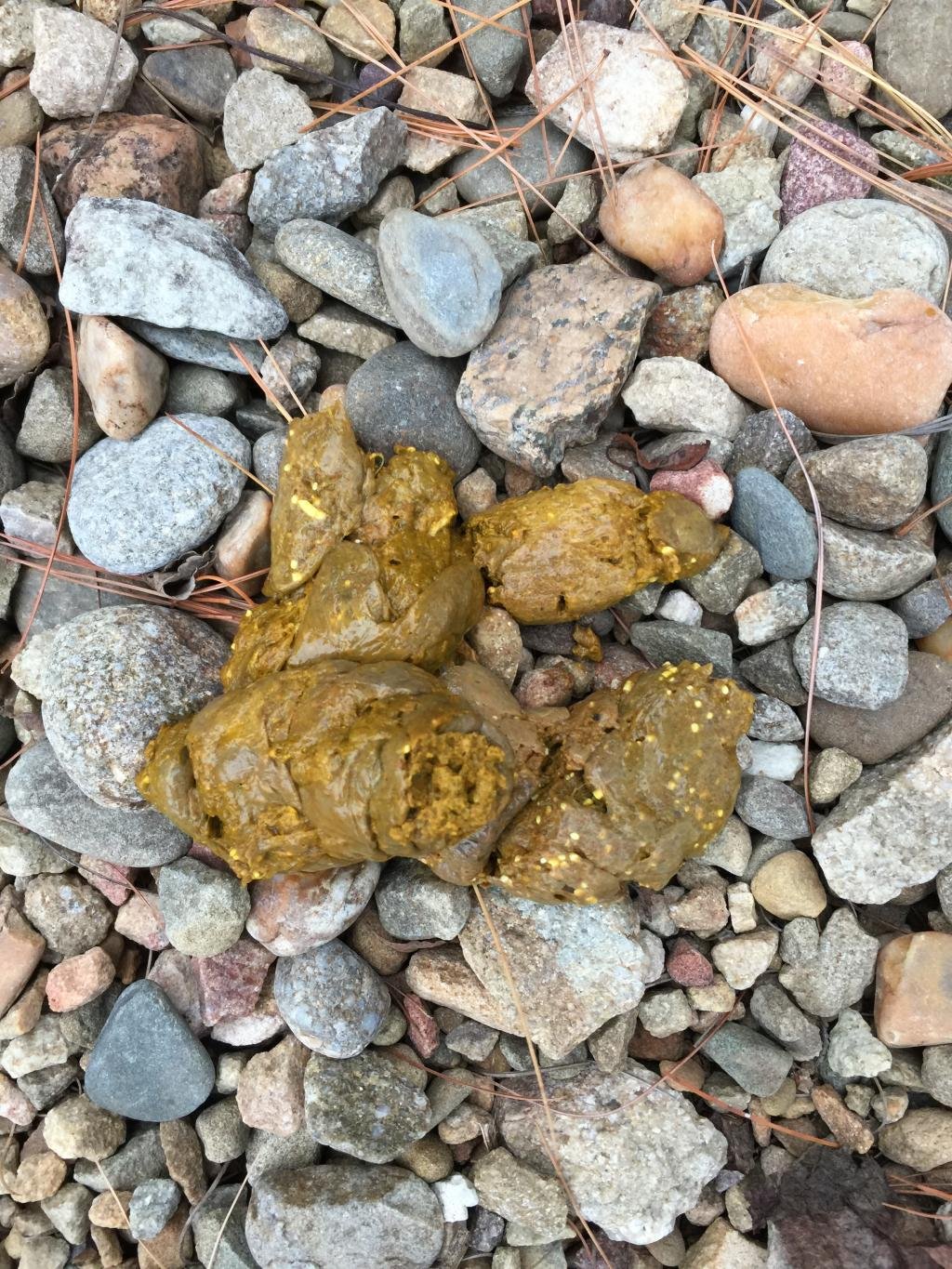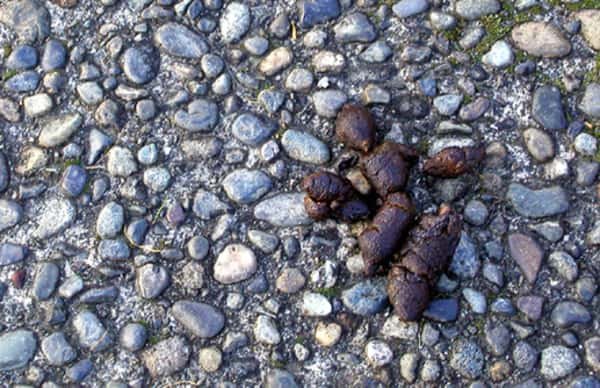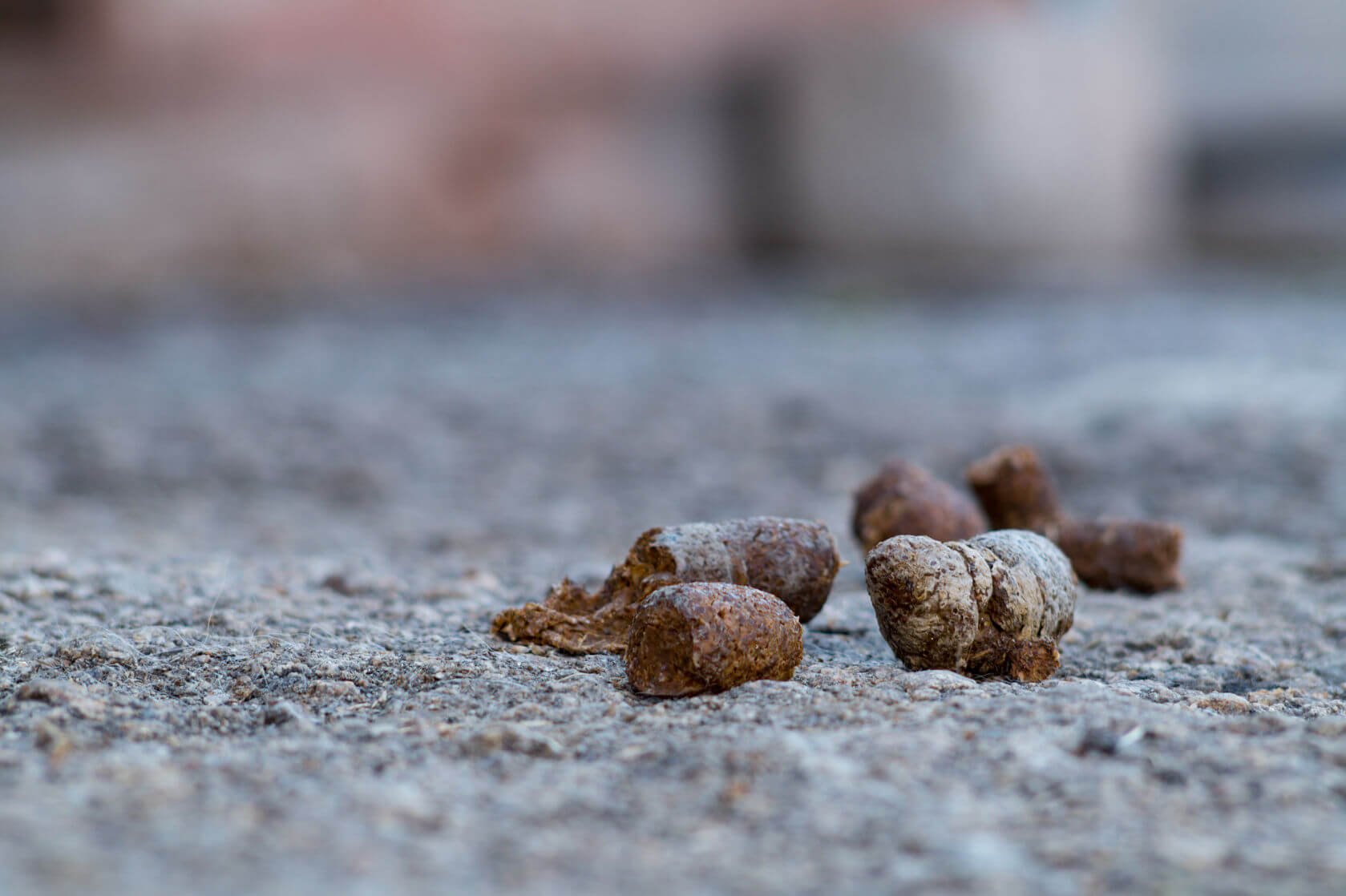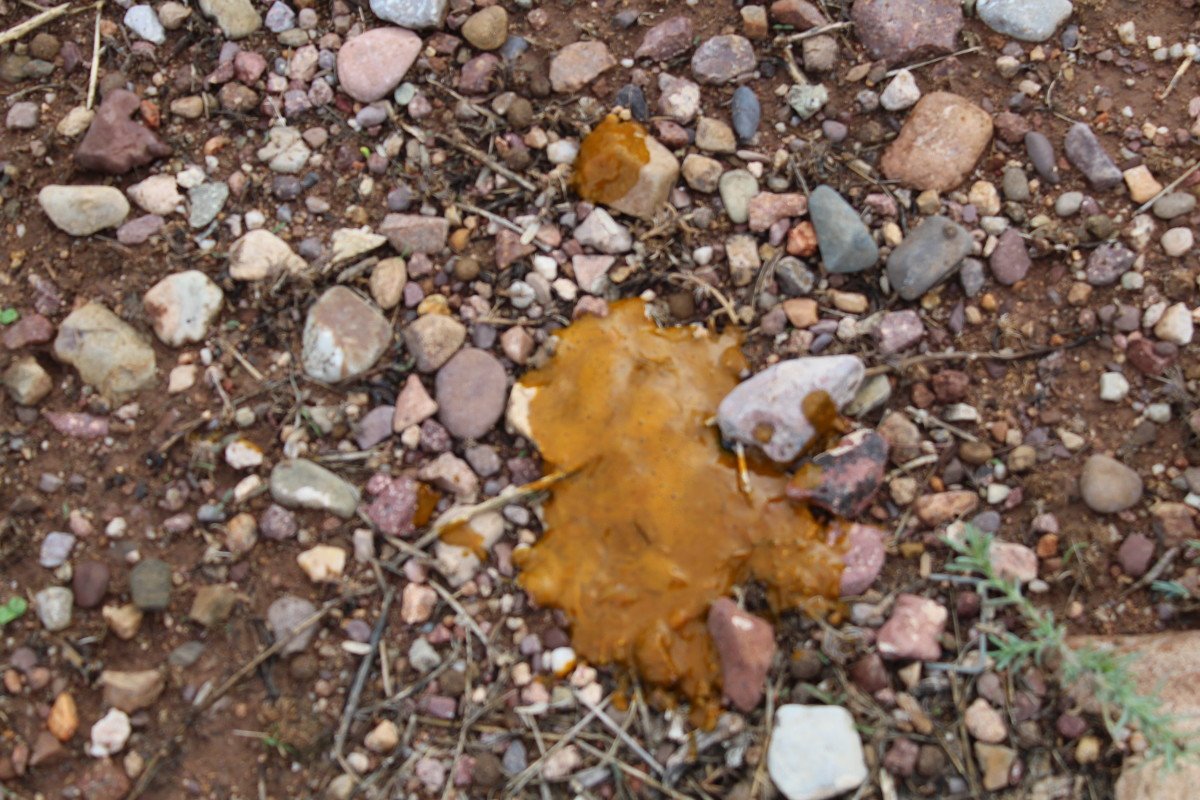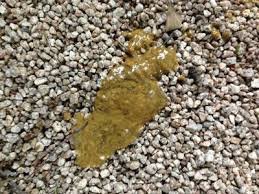The Ultimate Guide to Dog Poop Consistency: Tips for a Healthier Pup 🐾💩
Disclaimer: All serious concerns related to your dog’s health should be immediately addressed by your veterinarian. Do not rely solely on the information in this article.
Introduction
As a devoted dog owner, you may have wondered about your dog's poop consistency and what it could reveal about their health. We get it – examining your dog's poop might not be your favorite pastime, but it's an essential task that can provide direct insights into your pup's digestive wellbeing. So don't shy away from those questions you have about their poop!
In this ultimate guide, we'll explore the importance of monitoring dog poop consistency and how it can help you raise a happier, healthier dog. You'll learn about the different types of poop consistencies, what they mean, and how you can manage them. Plus, we'll introduce you to the Daisy App, an innovative AI-powered tool that makes it easy to track and analyze your dog's poop consistency. 📱💩
Download on the Google Play Store. Download on the Apple App Store.
The Perfect Poop: What You Want to See
Before we dive into the nitty-gritty of poop consistency, let's first take a look at what constitutes the perfect poop. This is what you want to see from your furry friend after they've finished their business:
Segmented, log-like droppings: The ideal dog poop should have a caterpillar shape, with visible segments. This indicates that their digestive tract is functioning properly, and they're effectively processing the food they consume.
Consistency: The perfect poop should be firm enough to pick up, yet have a little give – think Play-Doh! This balance ensures that your dog's digestive tract is healthy, and they're getting the nutrients they need to thrive.
Size: The size of your dog's poop should be consistent with the amount of food they consume. This helps ensure that what's going in is also coming out, which is a vital sign of a healthy digestive system.
The Dog Poop Consistency Scale: A Veterinarian's Perspective
Now that you know what the perfect poop looks like, it's time to dive into the dog poop consistency scale. This fecal scoring system is commonly used by veterinarians to gauge the overall health of a dog's poop based on its consistency. The scale runs from 1 to 7, with each number representing a different level of consistency:
Dry and cracked: Often darker in color, this poop is too hard and may indicate constipation or dehydration.
Firm and clean: Firm with visible segments, this poop is typically a nice brown color and has a consistency similar to Play-Doh.
Smooth and solid: This moist, log-shaped poop lacks segments and is slightly too soft, but it's still considered healthy.
Soft and squishy: This poop is moist and log-shaped, retaining some form, but it's often challenging to pick up without leaving residue behind.
Coils of poo: This poop still has some form but is too moist and often sticks to the grass when cleaning up.
Soggy poo pile: This poop lacks a log shape and instead forms a mushy pile, making it extremely difficult to pick up.
Liquid poo pile: This poop is formless and leaves puddles on the ground.
Ideally, you want your dog's poop to score a 2 or 3 on the scale, indicating healthy consistency and a well-functioning digestive system.
Unhealthy Dog Poop: Consistencies to Watch Out For
While the ideal dog poop should be firm and segmented, you might come across various other consistencies that could signal potential issues. Here's a breakdown of some unhealthy dog poop consistencies, their causes, and what you can do to help your pup get back on track.
Runny Dog Poop
Runny poop can be a sign that your dog's digestive system isn't absorbing water properly, resulting in a formless stool. Other possible reasons include a recent change in dog food, emotional stress, infection, or parasites. If you notice persistent runny poop without any apparent lifestyle changes, consult your veterinarian for guidance.
Mushy, Gooey Dog Poop
Mushy or gooey poops could be due to a recent change in diet or your dog consuming items they shouldn't, like garbage or outdoor plants. Keep an eye on their poop for a few days to see if the consistency improves. If it doesn't, consider reaching out to your veterinarian.
Pellet-Like Poop
Small, hard pellet-like poop may indicate constipation. If this issue persists for several bowel movements, consult your veterinarian for advice.
Thin Dog Poop
Thin poop could signal an obstruction in your dog's digestive system, caused by a foreign object or even a tumor. If you know your dog ingested something they shouldn't have or they appear to be in distress, contact your veterinarian as soon as possible.
Very Firm Poop
Very hard or firm poop can be a sign of constipation, often linked to dehydration. Monitor your dog's water intake and make adjustments if necessary. If the problem persists despite proper hydration, your dog's diet may contain too little or too much fiber. Try offering wet food for a few days, and if the issue doesn't resolve, consult your veterinarian.
Oily or Greasy Poop
Oily or greasy dog poop might indicate excessive fat in your dog's diet. You could try switching to a lower-fat dog food. However, if the greasy poop doesn't seem to be food-related, it could be due to issues with fat digestion, stemming from improper gallbladder, pancreas, or intestine function. If the problem continues or worsens, reach out to your veterinarian.
Grainy Poop
Grainy poop may result from your dog not fully digesting their food or from parasites in their feces. Check for visible white specks or movement in the poop. If you suspect parasites, take your dog to the vet for a thorough examination.
The Role of Diet in Dog Poop Consistency
Your dog's diet plays a critical role in determining their poop consistency. A balanced, nutritious diet can help maintain the ideal consistency and promote overall digestive health. Conversely, a diet that's too rich in fat, fiber, or protein can lead to inconsistent and unhealthy poop. See what Dr. Kirk has to say about some common pet food ingredients that can affect stool quality.
To ensure that your dog's diet supports healthy poop consistency, consider the following tips:
Choose high-quality dog food with appropriate nutrient levels for your dog's age, breed, and activity level.
Avoid sudden dietary changes, as they can disrupt your dog's digestive system. Instead, transition gradually to new foods over a week or two.
Be cautious about feeding your dog human food, as it can be high in fat or other ingredients that may negatively affect their poop consistency.
Final Thoughts
Monitoring your dog's poop consistency might not be glamorous, but it's a vital part of ensuring their digestive health and overall wellbeing. By keeping an eye on changes and addressing any concerns promptly, you can help your dog live a longer, happier life. And with Daisy app by your side, tracking and analyzing your dog's poop has never been easier. The app's AI-powered technology allows you to quickly identify any issues and take the necessary steps to address them.
Remember, maintaining a balanced diet and ensuring your dog stays hydrated are essential in promoting healthy poop consistency. Regular exercise can also help regulate their digestion and bowel movements. If you're ever unsure about your dog's poop consistency or suspect an underlying health issue, don't hesitate to reach out to your veterinarian for guidance.
In conclusion, being attentive to your dog's poop consistency is an integral part of responsible pet ownership. By taking the time to understand the various types and consistency levels, you can better support your furry friend's digestive health and overall happiness. And now, armed with this comprehensive guide and the Daisy app, you're ready to tackle any poop-related challenge that comes your way! 🐾💩


